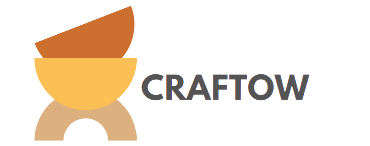Teacup bird feeders are an easy and fun way to attract birds to your backyard. These charming feeders not only provide food for our feathered friends, but they also add a touch of whimsy to your outdoor space. If you’re looking for a simple and inexpensive DIY project that the whole family can enjoy, then making teacup bird feeders is the perfect choice.
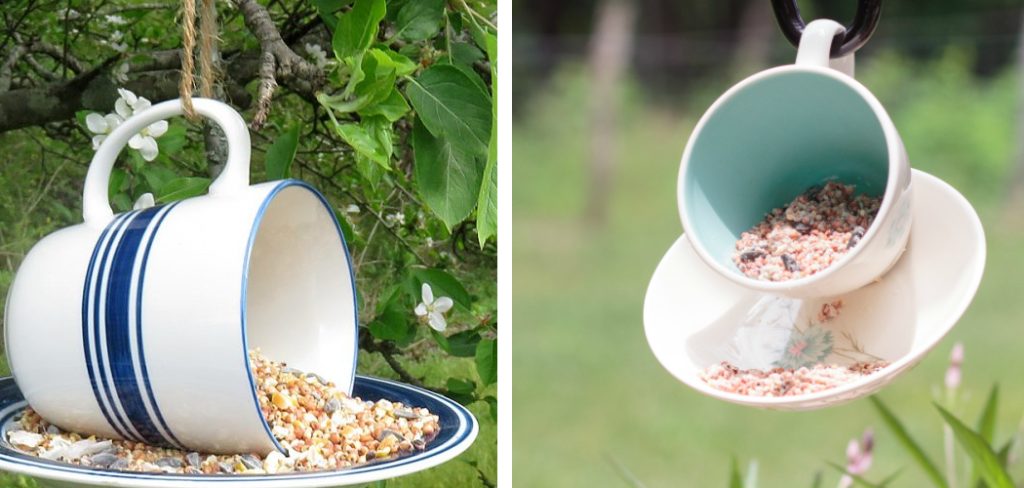
To make your teacup bird feeder, all you need are a few basic materials and some creativity. In this guide, we’ll walk you through the simple steps of how to make teacup bird feeders and share some tips on how to attract different types of birds to your feeder. So get your teacups ready and let’s start making some adorable bird feeders!
Tools and Materials You Will Need to Make Teacup Bird Feeders
- Teacups (vintage or new, with saucers)
- Small chain or sturdy string
- Birdseed
- Drill with sa all drill bit
- Hot glue gun and glue sticks
- Pliers (if using chain)
- Scissors (if using string)
Step-by-step Guidelines on How to Make Teacup Bird Feeders
Step 1: Prepare Your Teacups
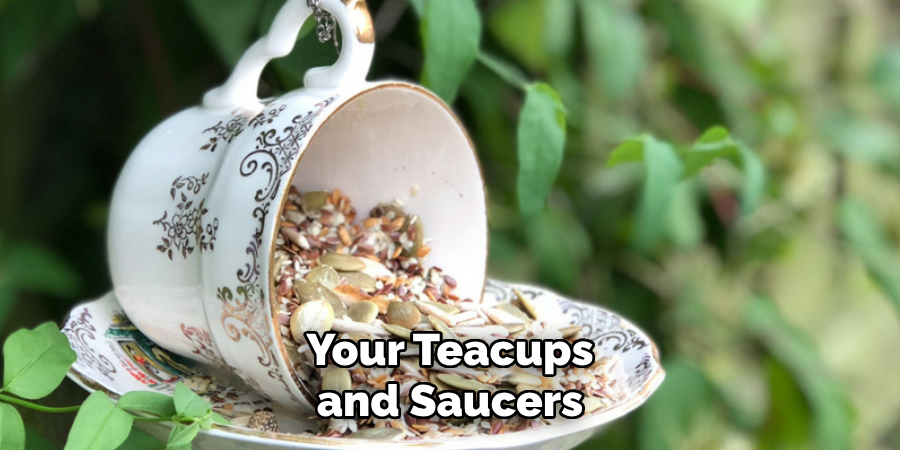
First, you’ll need to gather your teacups and saucers. You can use any type of tea cup, whether it’s a vintage one from a thrift store or a new one from the dollar store. If you’re using vintage cups, make sure they are clean and free from any cracks or chips. Preparing your teacups is an important step as it will ensure that the bird feeder is stable and safe for the birds to use.
Step 2: Drill Holes in the Saucer
Once you have your teacups and saucers ready, it’s time to drill holes in the saucer. You can use a standard drill with a small diamond core drilling bit or a spade bit. Make sure to choose a size that is slightly smaller than the chain or string you’re using.
The holes should be drilled towards the edge of the saucer and spaced evenly apart. While drilling, it’s important to use a slow and steady hand to avoid cracking or breaking the saucer.
Step 3: Attach the Chain or String
Next, you’ll need to attach the chain or string to your saucer. If using a chain, cut four equal pieces and attach each one through the holes using pliers. Leave some extra length at each end for hanging.
If using string, cut a longer piece and tie each end through the holes. Once the chain or string is securely attached, use pliers to twist the ends of the chain together or tie a knot in the string to prevent it from slipping back through the hole.
Step 4: Attach Teacup to Saucer
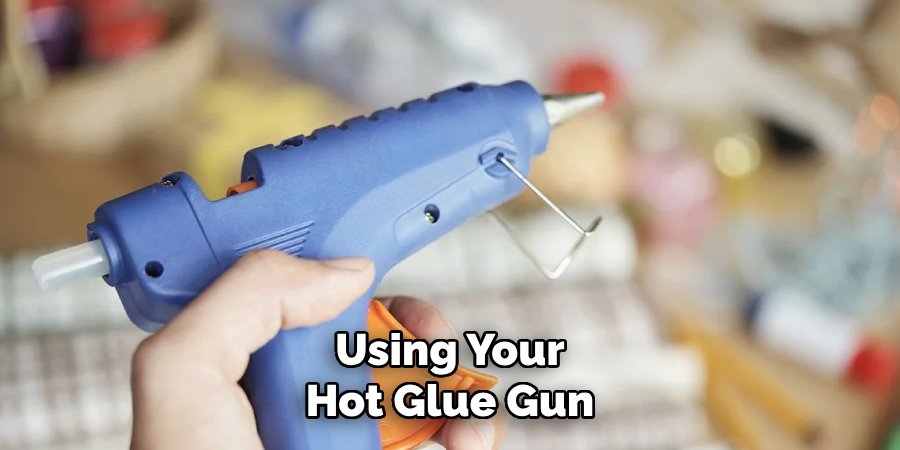
Using your hot glue gun, apply a generous amount of glue to the bottom of your teacup and carefully place it on top of the saucer. Hold it in place for a few minutes until the glue sets and dries completely. This will create a stable base for the bird feeder. Make sure to position the teacup at an angle so that the birds can easily access the birdseed.
Step 5: Fill with Birdseed
Once your teacup bird feeder is fully assembled, it’s time to fill it with birdseed. You can use any type of birdseed, but black oil sunflower seeds are a great choice as they attract a wide variety of birds.
Make sure to fill the teacup generously, but not too full as it can spill out easily. You can also add some small twigs or branches for perching near the edges of the saucer to make it easier for birds to access the seeds.
Following these simple steps, you can create your teacup bird feeder in just a few minutes. Now that your feeder is ready, it’s time to sit back and watch as different types of birds come to enjoy the feast you’ve provided for them and add a charming touch to your backyard. Remember to keep the feeder clean and refill it regularly to keep attracting birds to your teacup bird feeder!
Additional Tips and Tricks to Make Teacup Bird Feeders
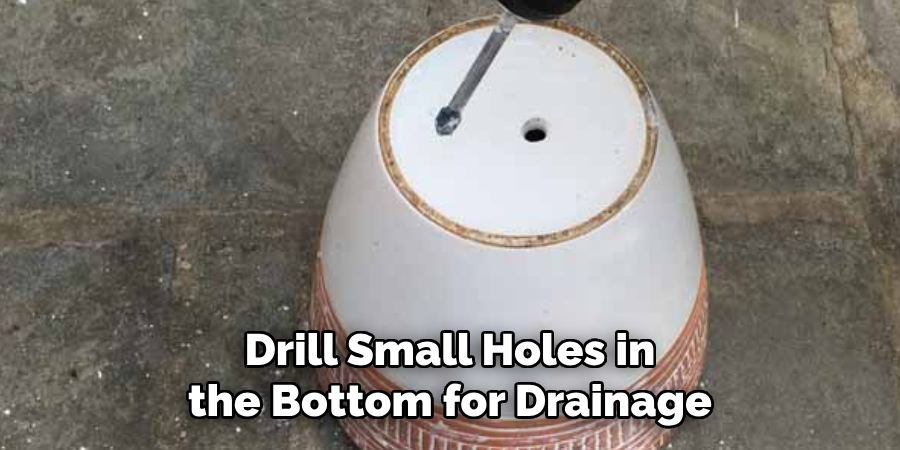
1. If you’re using a plastic teacup, drill small holes in the bottom for drainage. This will prevent water from pooling and creating mold.
2. To attract more birds, add a pinch of cayenne pepper or paprika to the birdseed mixture. Birds are not affected by spicy flavors, but squirrels and other critters may be deterred.
3. Consider using different types of bird seeded to attract a variety of bird species. For example, black oil sunflower seeds are popular among many types of birds.
4. Hang your teacup bird feeder in a spot that is easily visible from indoors, so you can enjoy watching the birds while staying warm and cozy inside.
5. If possible, place multiple teacup feeders around your yard to prevent overcrowding and give more birds a chance to feed.
6. Clean your teacup feeder regularly, at least once every two weeks, to prevent the growth of bacteria and mold.
7. When refilling the birdseed, make sure to remove any old or moldy seeds before adding fresh ones.
8. Consider decorating your teacup bird feeder with paint or other materials to make it more aesthetically pleasing.
9. If you have a cat or other predator in your yard, hang the teacup feeder out of their reach to protect the birds.
10. Lastly, remember to be patient and give birds time to discover and become accustomed to the new feeder. It may take some time for them to find it and feel comfortable feeding from it.
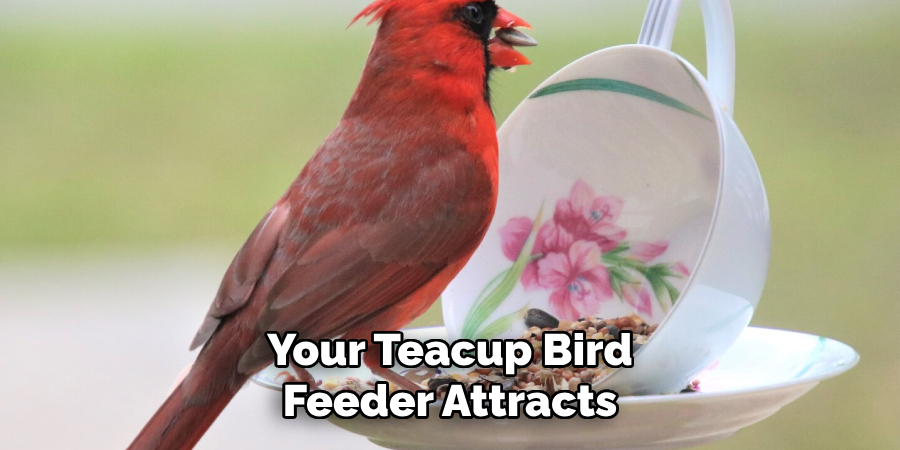
Following these additional tips and tricks will ensure that your teacup bird feeder attracts a variety of birds and remains a safe and enjoyable feeding spot for them. Keep experimenting with different types of bird seed and placement locations to find the perfect balance for your feathered friends. Happy birdwatching!
Things You Should Consider to Make Teacup Bird Feeders
1. The first thing you should consider when making teacup bird feeders is the type of teacup and saucer that you will use. Choose a set that is both sturdy and aesthetically pleasing.
2. When selecting a teacup, make sure it has a wide opening at the top to allow birds easy access to the food inside. A shallow cup is also ideal for birds to perch and feed comfortably.
3. Consider the material of the teacup and saucer, as some materials may not withstand exposure to outdoor elements such as rain or extreme temperatures. Ceramic or porcelain teacups with a glazed finish are recommended.
4. The next thing to consider is the type of bird food you will use in the feeder. Some birds prefer different types of seeds or nuts, so research the local bird species in your area to determine what type of food would be most appealing.
5. Additionally, make sure to keep the feeders clean and free from mold or bacteria buildup. This can be done by regularly washing the teacup and saucer with hot water and dish soap and allowing it to air dry.
6. If you want to add a personal touch to your teacup bird feeder, consider painting or decorating the set with weather-resistant paint or markers. Just make sure to use non-toxic materials that will not harm any visiting birds.
7. Finally, think about the placement of your teacup bird feeder. Hang or place it in an area that is easily visible to birds but also safe from predators. You may also want to add a small perch or landing area near the feeder for birds to rest and observe before feeding.
8. Remember to regularly check and refill the feeder with fresh food to keep your feathered friends coming back.
Following these considerations will not only help attract birds to your teacup bird feeder but also ensure that it is safe and suitable for them. Enjoy watching the beautiful and lively visitors in your garden or backyard! Happy bird feeding!
Painting and Decorating Tips for Teacup Bird Feeders
1. Choosing the Right Paint:
When selecting paint for your teacup bird feeder, make sure to choose non-toxic, water-based paints. This will ensure the safety of the birds and prevent any harmful chemicals from seeping into their food. Choosing bright, bold colors will also attract more birds to your feeder. If you want to add a personal touch, consider using stencils or masking tape to create unique designs on your feeder.
2. Preparing the Surface:
Before painting your teacup bird feeder, it is important to properly prepare the surface. Use sandpaper to roughen up any glossy surfaces and remove any dirt or debris. This will help the paint adhere better and create a smooth finish. Make sure to also clean the surface with a damp cloth before painting to remove any remaining dust or residue.
3. Painting Techniques:
When it comes to painting your teacup bird feeder, there are a few techniques you can use for different effects. For a solid color, simply use a brush or roller to apply the paint evenly over the surface. If you want a more textured look, try sponging or splattering the paint on. You can also use different-sized brushes to create patterns and designs.
4. Sealing the Paint:
To protect your painted teacup bird feeder from the elements, it is important to seal the paint with a clear topcoat. This will help prevent chipping and fading, ensuring your feeder stays vibrant for longer. Make sure to choose a non-toxic sealant that is safe for birds. Make sure to also allow enough time for the paint to fully dry before applying the topcoat.
5. Decorating with Accessories:
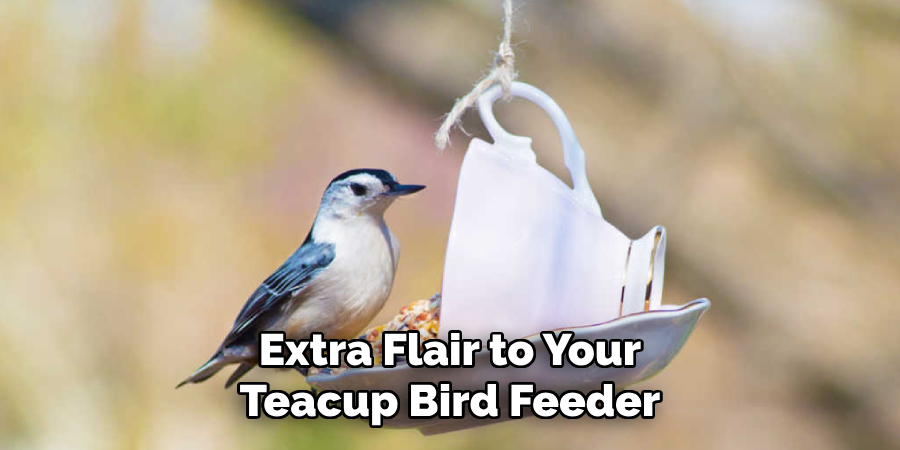
To add some extra flair to your teacup bird feeder, consider decorating it with accessories. This could include ribbons, beads, or even small figurines. Just make sure that whatever you use is not harmful to birds and will not fall off easily. Adhering these decorations with non-toxic glue will ensure they stay in place.
Following these tips will help you create a beautiful and safe teacup bird feeder that will attract a variety of birds to your yard. Remember to also regularly clean and maintain your feeder to keep it in top condition for the birds to enjoy. Happy painting!
Maintenance Tips for Teacup Bird Feeders
1. Clean Regularly:
Bird feeders can quickly become dirty and filled with mold, which can be harmful to the birds. It is important to clean your teacup bird feeder regularly to prevent any potential health hazards. You can use a mild soap and warm water mixture to clean the feeder, making sure to rinse it thoroughly before refilling. It is recommended to clean your teacup bird feeder at least once a week.
2. Refill Often:
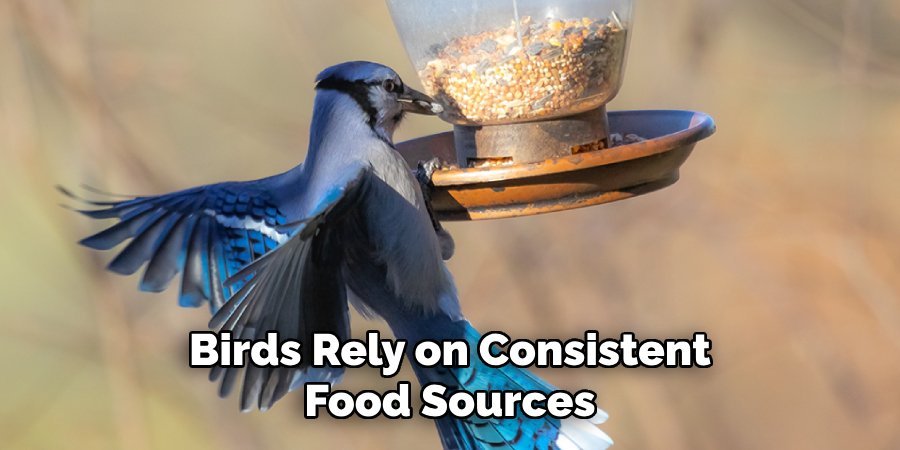
Birds rely on consistent food sources, so it is important to keep your teacup bird feeder filled with fresh seed. Depending on the size of your feeder and the number of birds in your area, you may need to refill it every day or every other day. Make sure to check on the feeder regularly and refill as needed.
3. Choose the Right Location:
The location of your teacup bird feeder can greatly impact its maintenance. Avoid placing it in direct sunlight, as this can cause the seed to spoil more quickly. Also, make sure to place it away from any potential predators, such as cats or squirrels. Consider hanging the feeder from a pole or tree branch instead of placing it on the ground.
4. Use a Squirrel Guard:
Squirrels are notorious for getting into bird feeders and stealing all the seeds. To prevent this, consider using a squirrel guard or baffle to protect your teacup bird feeder. These can be found at most pet or garden stores and come in various sizes and designs to fit different types of feeders. Using a squirrel guard can also help extend the time between refills.
5. Store Seed Properly:
To ensure that your bird seed stays fresh and does not attract any unwanted pests, make sure to store it in an airtight container in a cool, dry place. Do not leave it exposed to the elements or near any potential sources of moisture. Also, be sure to check the expiration date on your seed and discard any that has gone bad.
6. Repair or Replace Damaged Feeders:
Over time, bird feeders may become damaged from harsh weather conditions or wear and tear. It is important to regularly inspect your teacup bird feeder for any cracks or holes that may need repairing. If the damage is beyond repair, consider replacing the feeder to ensure the safety and health of the birds.
7. Offer a Variety of Foods:
While bird seed is a common food for birds, it is important to offer a variety in their diet. Consider adding suet cakes or fresh fruit to your teacup bird feeder to attract different types of birds and provide them with a diverse source of nutrients. Make sure to research what types of food are safe and beneficial for the birds in your area.
Following these maintenance tips can help keep your teacup bird feeder clean, safe, and attractive to a variety of birds. Remember to always prioritize the well-being of the birds and regularly monitor and maintain your feeder for their benefit. Happy bird watching!
Troubleshooting Common Issues to Make Teacup Bird Feeders
1. Teacup Falls Off the Saucer:
One of the most common issues with teacup bird feeders is that the teacup falls off the saucer. This could happen due to a variety of reasons, such as using a saucer that is too small or not securing the teacup properly onto the saucer.
To avoid this issue, it is important to choose a saucer that is slightly larger than the teacup and make sure to secure the teacup onto the saucer using a strong adhesive like waterproof silicone.
2. Water Gets Into the Teacup:
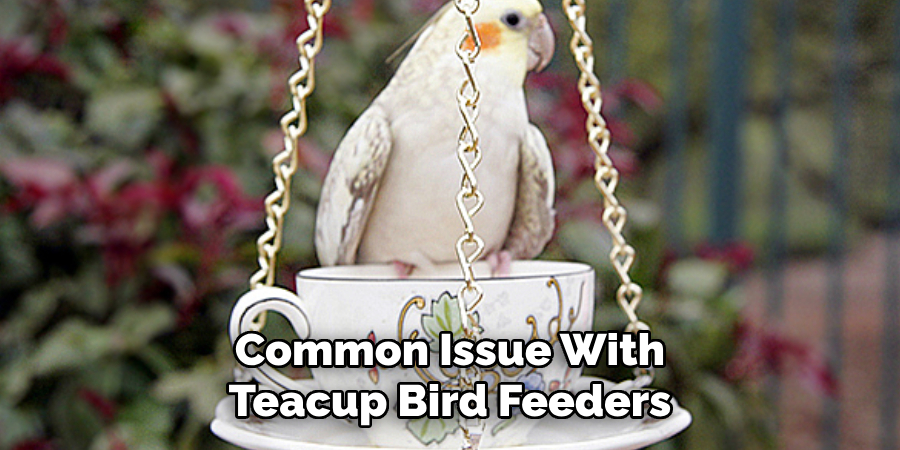
Another common issue with teacup bird feeders is that water gets into the teacup, causing the birdseed to become wet and moldy. This could happen due to rain or condensation, especially if the feeder is placed in an area that is not sheltered from the elements.
To prevent this issue, it is important to choose a teacup with drainage holes at the bottom or drill some holes yourself. Additionally, make sure to place the feeder in a sheltered area, such as under a tree or awning.
3. Squirrels or Other Pests Steal the Birdseed:
One of the most frustrating issues with any bird feeder is when squirrels or other pests manage to steal all the bird seed. To prevent this issue, it is important to choose a location for your teacup bird feeder that is not easily accessible to these animals.
This could mean hanging the feeder from a tree branch or using a pole with a baffle guard. You can also try using birdseed that is less attractive to squirrels, such as safflower seeds.
4. Birds Are Not Attracted to the Feeder:
If you’ve followed all the steps for making your teacup bird feeder and still find that birds are not coming to feed, there could be a few reasons for this. First, make sure the feeder is placed in an area with plenty of natural cover and nearby perches for birds to rest on.
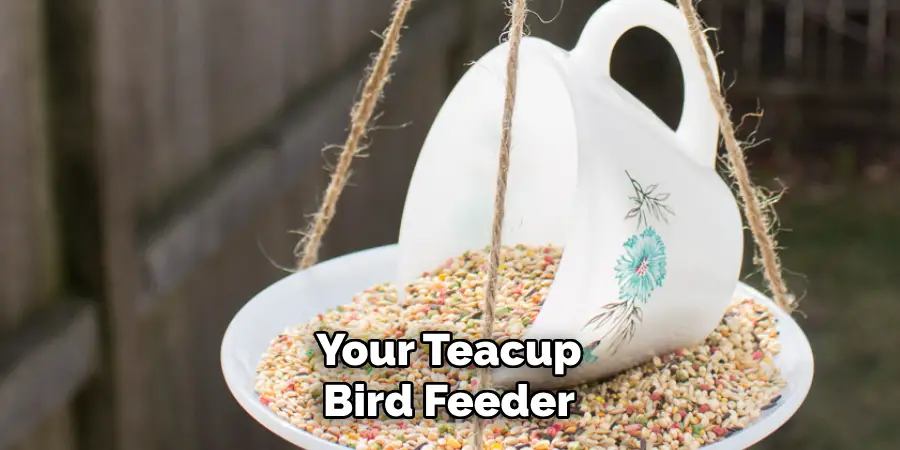
Additionally, try using different types of birdseed to see what your local birds prefer. You can also attract birds by adding decorative elements to the feeder, such as colorful ribbons or fake flowers.
5. Teacup Breaks:
Lastly, one issue that can happen with teacup bird feeders is that the teacup breaks over time due to weather exposure or other factors. While this may be inevitable, you can prolong the life of your feeder by regularly checking for any cracks or damage and replacing the teacup if necessary.
You can also add a layer of clear sealant to the teacup to protect it from the elements. Additionally, make sure to clean your feeder regularly to prevent any buildup that could weaken or damage the teacup over time.
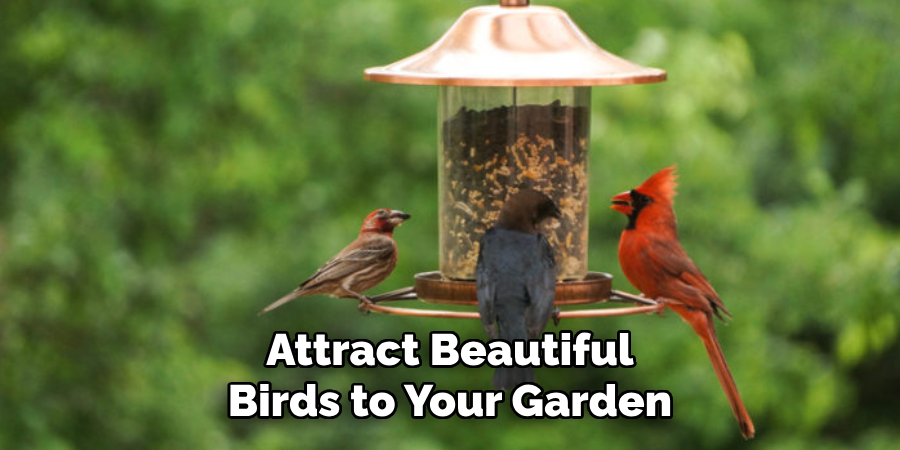
Following these troubleshooting tips can help you maintain a successful teacup bird feeder and attract beautiful birds to your garden. Remember, be patient, and don’t get discouraged if you encounter any issues – with a little bit of effort and creativity, you’ll have a charming teacup bird feeder that will bring joy to both you and your feathered friends for years to come!
Conclusion
Now you know how to make teacup bird feeders and attract a variety of birds to your backyard! Remember to place them in a safe and accessible location, and keep them filled with fresh seeds. You can also experiment with different types of seeds or add other features like perches or water dishes to further entice birds.
Bird watching is a wonderful and relaxing hobby that can be enjoyed by people of all ages. By creating teacup bird feeders, you not only provide a source of food for birds but also add a beautiful and unique decoration to your outdoor space. Plus, it’s a great way to teach children about nature and the importance of caring for our feathered friends.
So gather your supplies and get crafting! With a little bit of creativity, you can turn ordinary teacups into charming bird feeders that will bring joy to both you and the birds. Happy bird watching!
